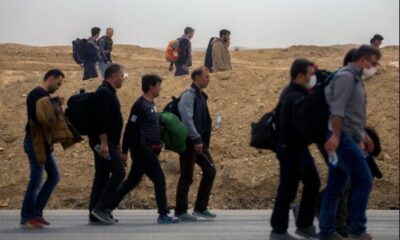The physical damage may have been largely repaired, but investors will probably remain worried that its facilities remain vulnerable to another assault, given the political tensions between Saudi Arabia and its neighbors.
“There is a risk of further attacks on Saudi Arabia, which could result in economic damage,” said Fitch Ratings in September when it downgraded Saudi Arabia’s credit rating to A, from A+.
Investment in Saudi Arabia has generally been tempered by the killing and dismemberment of the Saudi dissident and journalist Jamal Khashoggi by Saudi agents last year. Prince Mohammed has accepted responsibility for the killing, but denied ordering it. Those concerns, though, were hard to find at last week’s investment conference, where Wall Street executives and world leaders converged.
Aramco’s status as the world’s mightiest oil company comes as concerns about climate change have raised doubt about the future of fossil fuels. Top institutional investors like the Singaporean sovereign wealth fund Temasek have already suggested they will reduce their exposure to fossil fuels, potentially ruling them out as backers of Aramco.
Aramco officials are addressing those concerns by putting around $600 million a year into research and development in areas like more efficient car engines and vehicles equipped with devices for capturing much of the carbon dioxide emissions that they produce.
The company is also investing in plants and joint ventures aimed at funneling more of its oil into chemicals, which Aramco’s leadership believes will see relatively strong growth in the coming decades, when demand for transportation fuels may fall off as alternatives like electric vehicles become more available.
“The pessimism around oil is misplaced,” Aramco’s chief technology officer, Ahmad Al Khowaiter, said in a recent interview at the company’s headquarters in Dhahran. “The growth is in materials; it is in chemicals,” he added.
Michael de la Merced reported from London, and Stanley Reed from Riyadh.

 Entertainment6 days ago
Entertainment6 days ago
 Tech3 days ago
Tech3 days ago
 Tech3 days ago
Tech3 days ago
 General News19 hours ago
General News19 hours ago
 General News15 hours ago
General News15 hours ago




